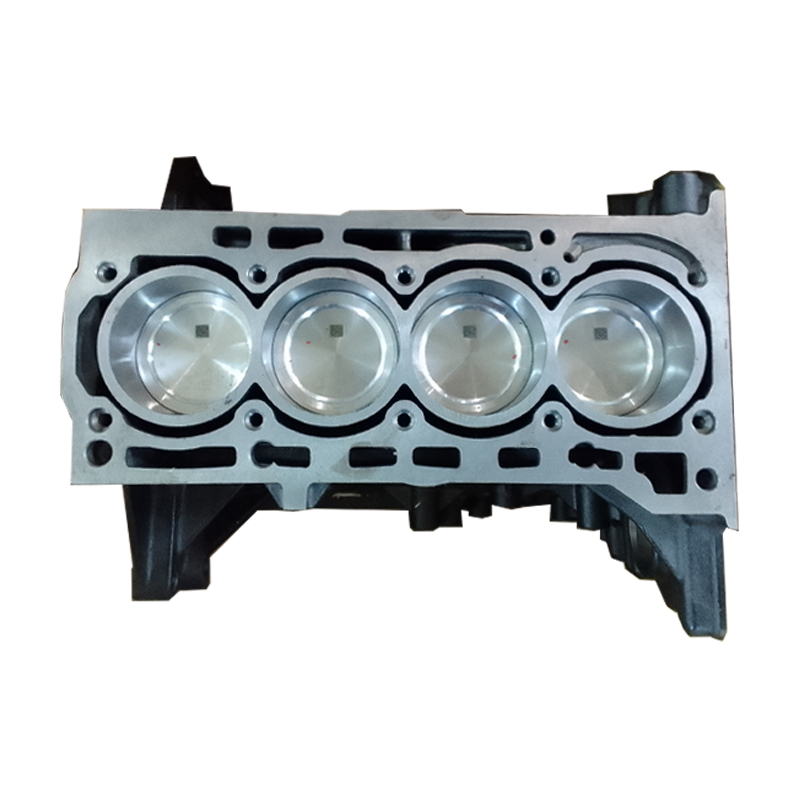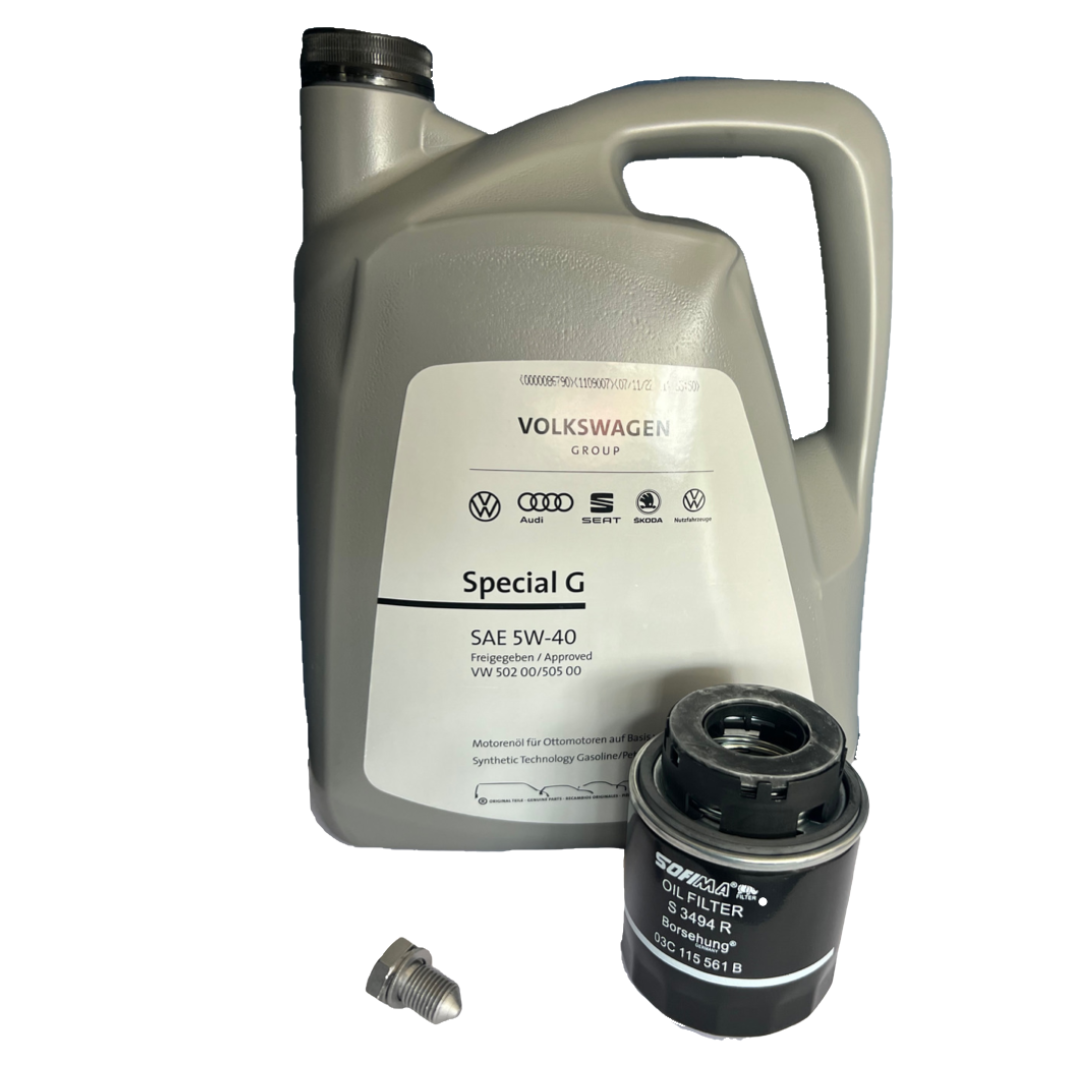Prevent operational issues with a well-tuned clp engine.
Prevent operational issues with a well-tuned clp engine.
Blog Article
Just How a Clp Engine Can Boost Effectiveness in Various Industries
The advent of CLP engines notes a substantial change in operational efficiency throughout different fields, driven by their ability to enhance fuel intake and lessen downtime. Industries such as production and logistics stand to acquire considerably from their robust layout and constant power result, which promise to improve operations and boost productivity. As companies increasingly prioritize sustainability along with effectiveness, the duty of CLP engines becomes even extra essential. What remains to be seen is exactly how these advancements will form the future landscape of industrial operations and their influence on broader financial trends (clp engine).
Review of CLP Engines
CLP engines, or Continuous Liquid Propellant engines, represent a considerable advancement in propulsion innovation, especially for area applications. These engines make use of a constant feed system that permits for the continual expulsion of propellant, causing boosted effectiveness and performance compared to traditional strong or hybrid propulsion systems. By keeping a continuous flow of liquid propellant, CLP engines can attain a lot more accurate drive control, which is critical for steering spacecraft in different mission circumstances.
The style of CLP engines integrates innovative materials and innovative fuel management systems. clp engine. This causes minimized weight and enhanced reliability, essential aspects for long-duration area missions. The continual procedure reduces the threat of burning instability, a common obstacle in traditional rocket engines.

Advantages in Production
The production of Continual Liquid Propellant (CLP) engines presents numerous remarkable benefits that improve both performance and cost-effectiveness. One of the key advantages is the structured production process, which reduces the complexity connected with typical propulsion systems. By making use of fluid propellant, suppliers can attain greater precision in engine performance, resulting in optimized power result and minimized waste.
Furthermore, CLP engines help with a higher level of modularity, permitting simpler integration into numerous production lines. This versatility can dramatically decrease preparations and improve overall operational flexibility. The use of CLP modern technology likewise has a tendency to minimize the demand for considerable upkeep due to fewer relocating components, which converts right into lowered downtime and operational expenses.

Applications in Logistics
Leveraging Continual Liquid Propellant (CLP) engines in logistics provides substantial advantages in functional performance and reliability. These engines offer a robust option for numerous transport needs, allowing the smooth activity of items throughout vast distances. The fundamental layout of CLP engines permits constant power result, which equates right into smoother and extra predictable transport timetables.
Among the vital applications of CLP engines in logistics remains in heavy-duty next page freight transport, where they can drive both ground and aerial vehicles. Their ability to preserve high performance under varying lots problems ensures that distribution timelines are fulfilled, therefore improving client fulfillment. Furthermore, CLP engines can be integrated into automated logistics systems, helping with real-time tracking and enhancing route preparation.
In addition, the durability of CLP engines reduces upkeep downtime, enabling logistics business to maximize their functional abilities. This is especially advantageous in warehousing operations, where performance in taking care of and moving items is important. As logistics remains to develop, the integration of CLP engines stands for a forward-thinking strategy that not only enhances efficiency however also supports the sector's expanding needs for integrity and speed.
Effect On Power Performance
Just How do Continuous Fluid Propellant (CLP) engines improve energy efficiency in transport? CLP engines utilize a regular flow of liquid fuel, optimizing combustion procedures and preserving a steady drive output. This design decreases power losses connected with conventional combustion engines, where gas distribution can vary and result in inadequacies.
The continual operation of CLP engines enables for an address extra efficient thermal cycle, leading to greater specific impulse compared to standard engines. clp engine. This translates to minimized gas intake for the same amount of work done, substantially decreasing functional costs across various transportation markets, consisting of aeronautics and maritime sectors
In addition, the ability of CLP engines to maintain ideal efficiency under differing lots problems minimizes the demand for constant velocity and slowdown, better boosting gas performance. Boosted power effectiveness not just adds to cost savings but also results in lower greenhouse gas emissions, aligning with global sustainability objectives.
Future Trends and Innovations
Arising innovations in Continual Fluid Propellant (CLP) engine modern technology pledge to reinvent the landscape of transportation effectiveness and sustainability. As markets pivot toward greener choices, CLP engines stand at the center, incorporating ingenious materials and layout methodologies that boost efficiency while reducing environmental impact.
Among one of the most appealing trends is the adoption of crossbreed systems that integrate CLP engines with sustainable energy resources. This harmony can optimize gas intake and minimize discharges, aligning with international sustainability objectives. Innovations in computational fluid characteristics (CFD) are assisting in the style of even more aerodynamically effective engines, leading my company to minimized drag and enhanced fuel efficiency.
In addition, the advancement of smart tracking systems is set to boost operational effectiveness. These systems utilize information analytics and IoT innovation to optimize engine efficiency in real-time, ensuring that the engines run within their most efficient criteria.
As research study remains to check out alternative propellant solutions-- such as biofuels and synthetic gas-- the future of CLP engines looks promising. By using these advancements, sectors can not only boost their efficiency yet additionally add substantially to a cleaner, much more sustainable future in transportation.
Conclusion
In final thought, CLP engines stand for a considerable improvement in effectiveness throughout several markets. The combination of sophisticated materials and less relocating components lessens maintenance requirements, while alignment with sustainability objectives placements CLP engines as a crucial modern technology for the future.
Report this page